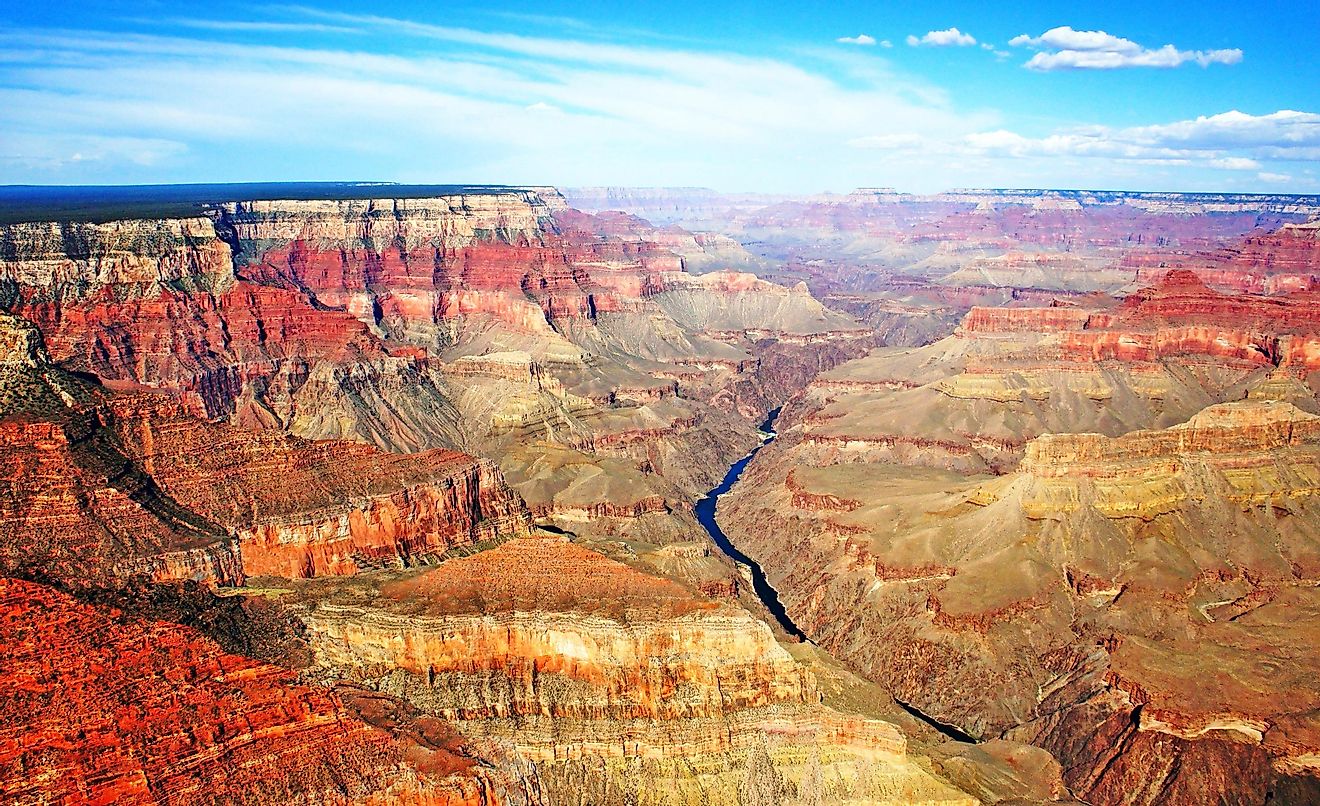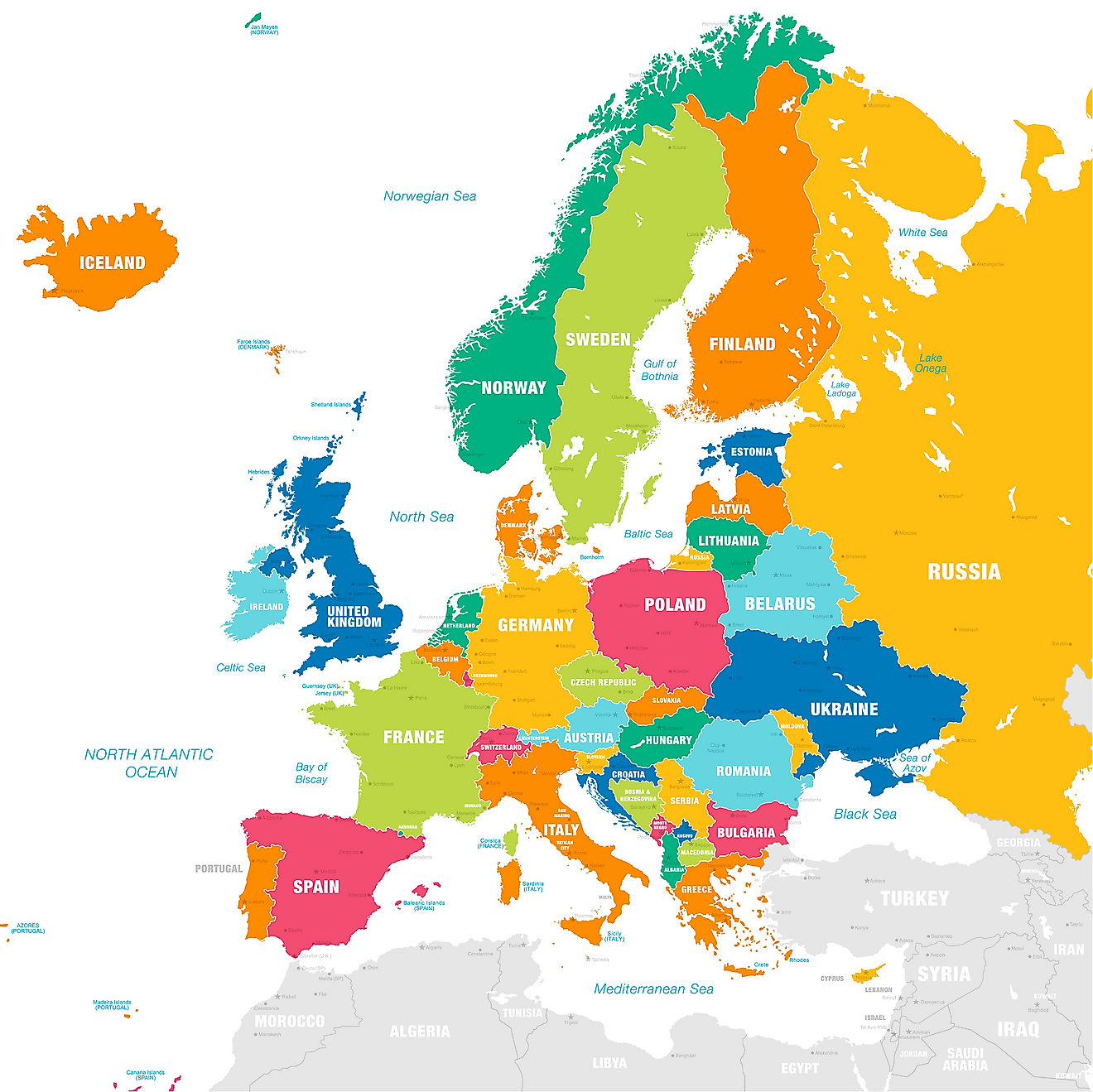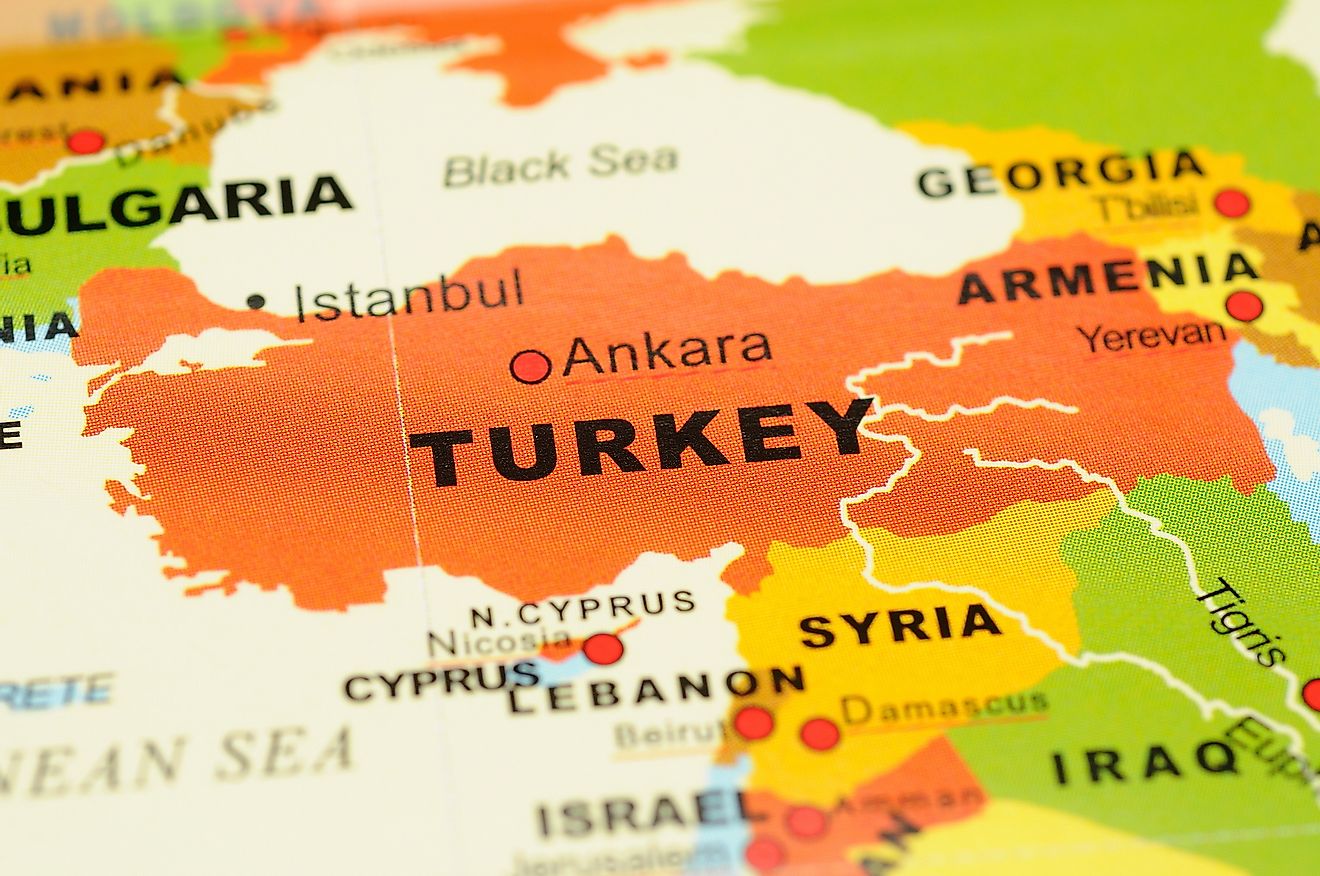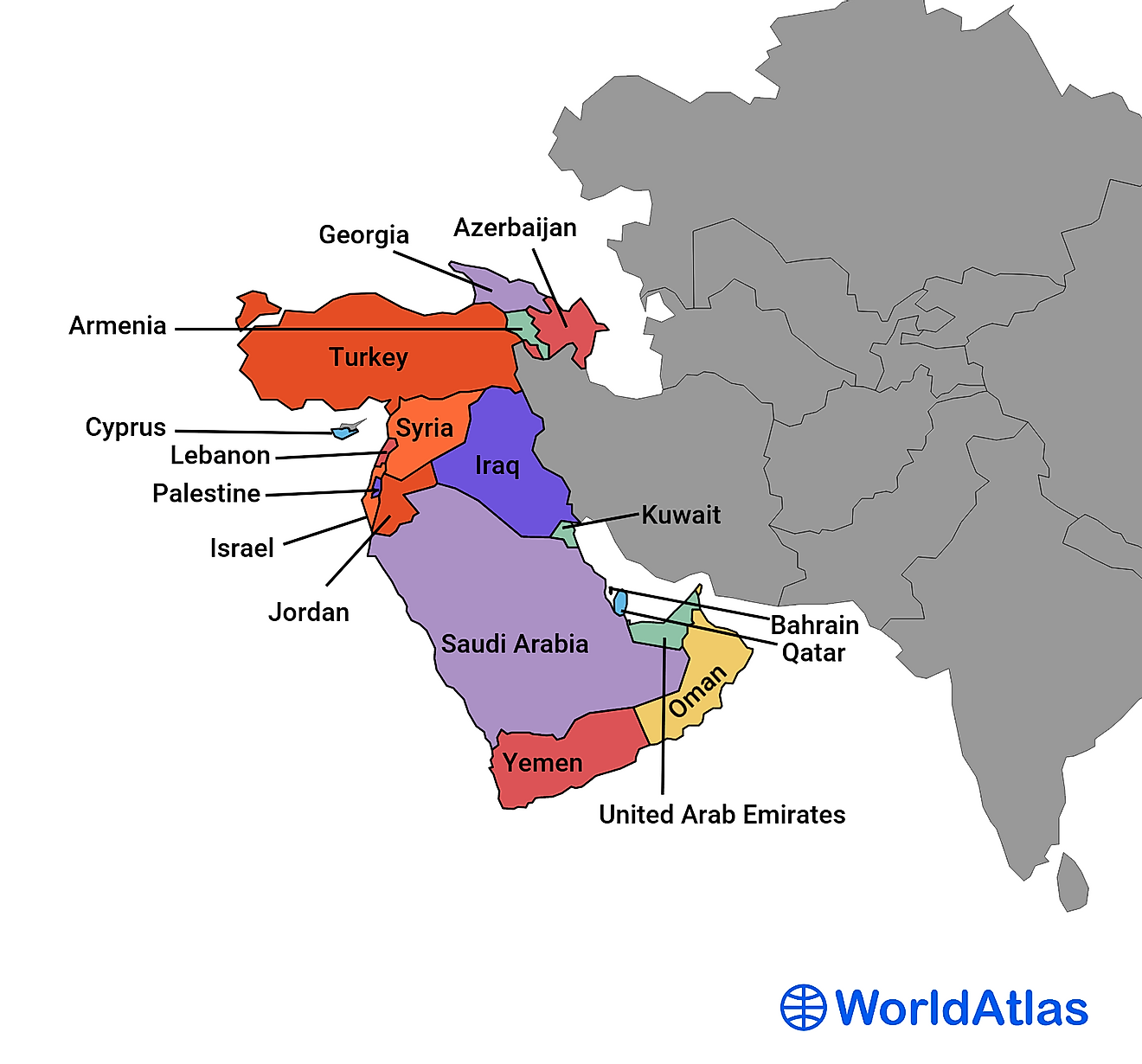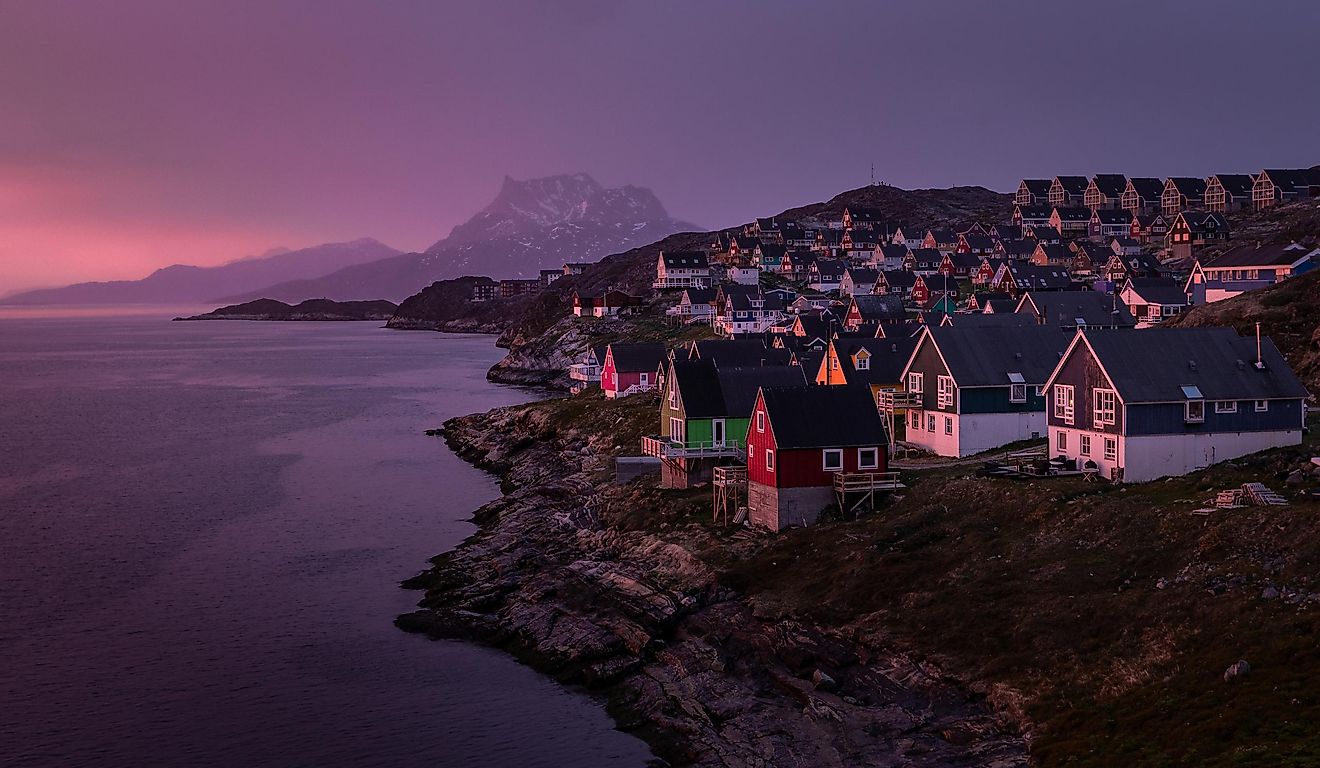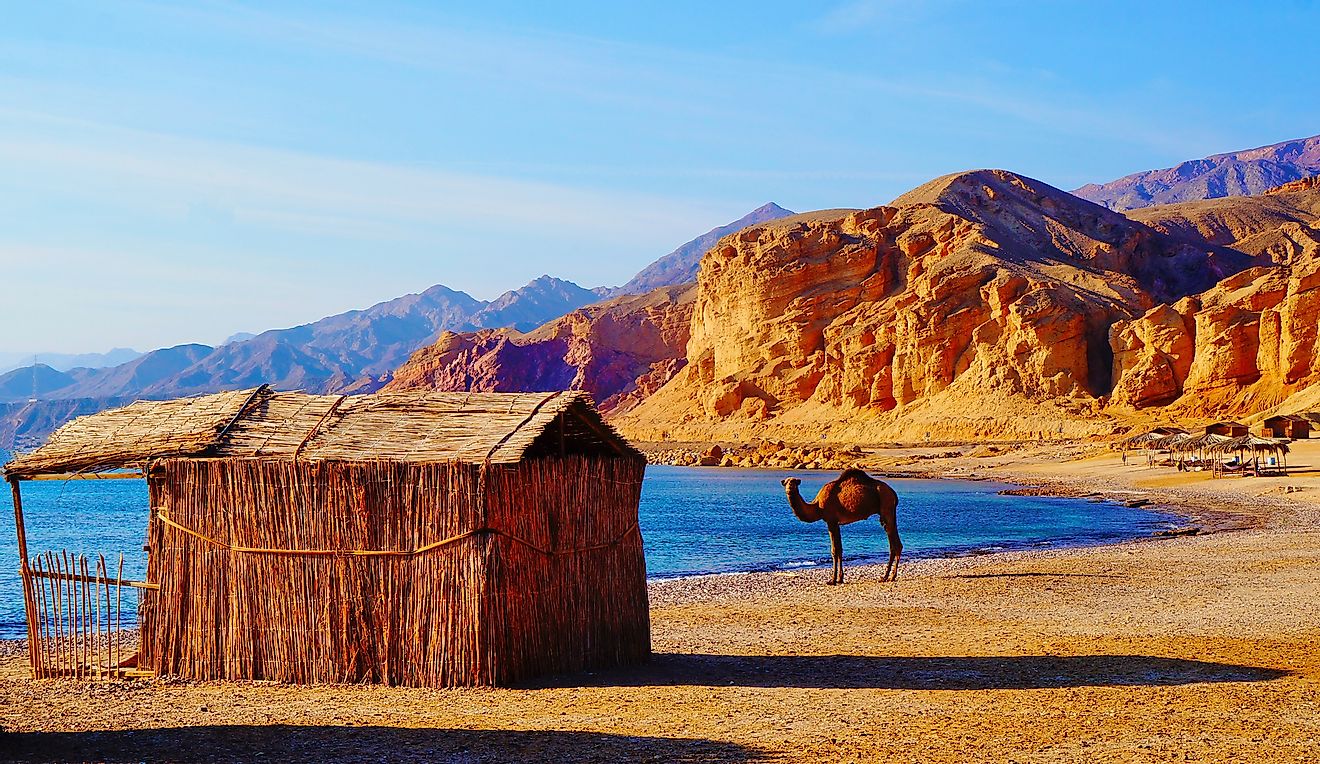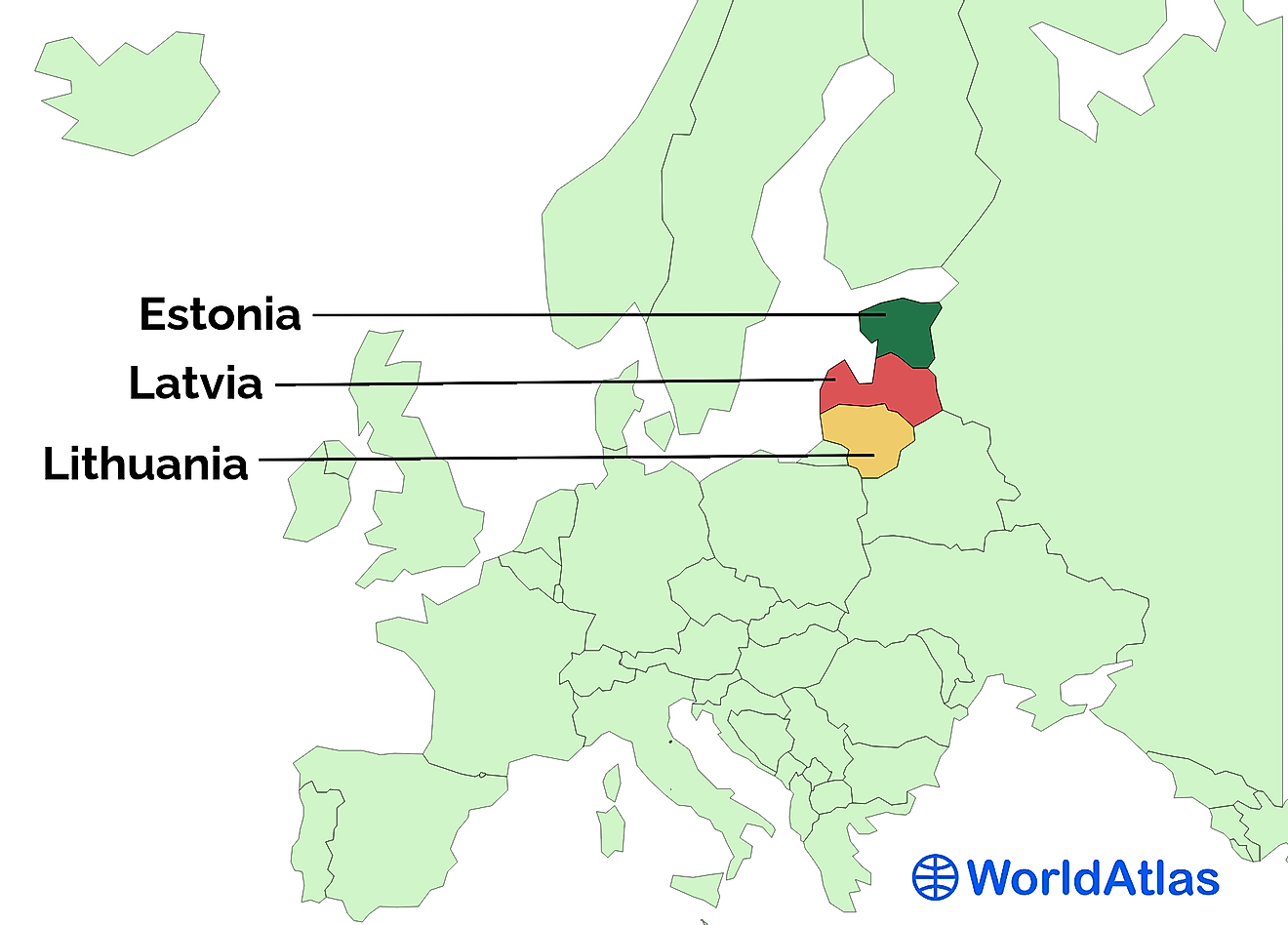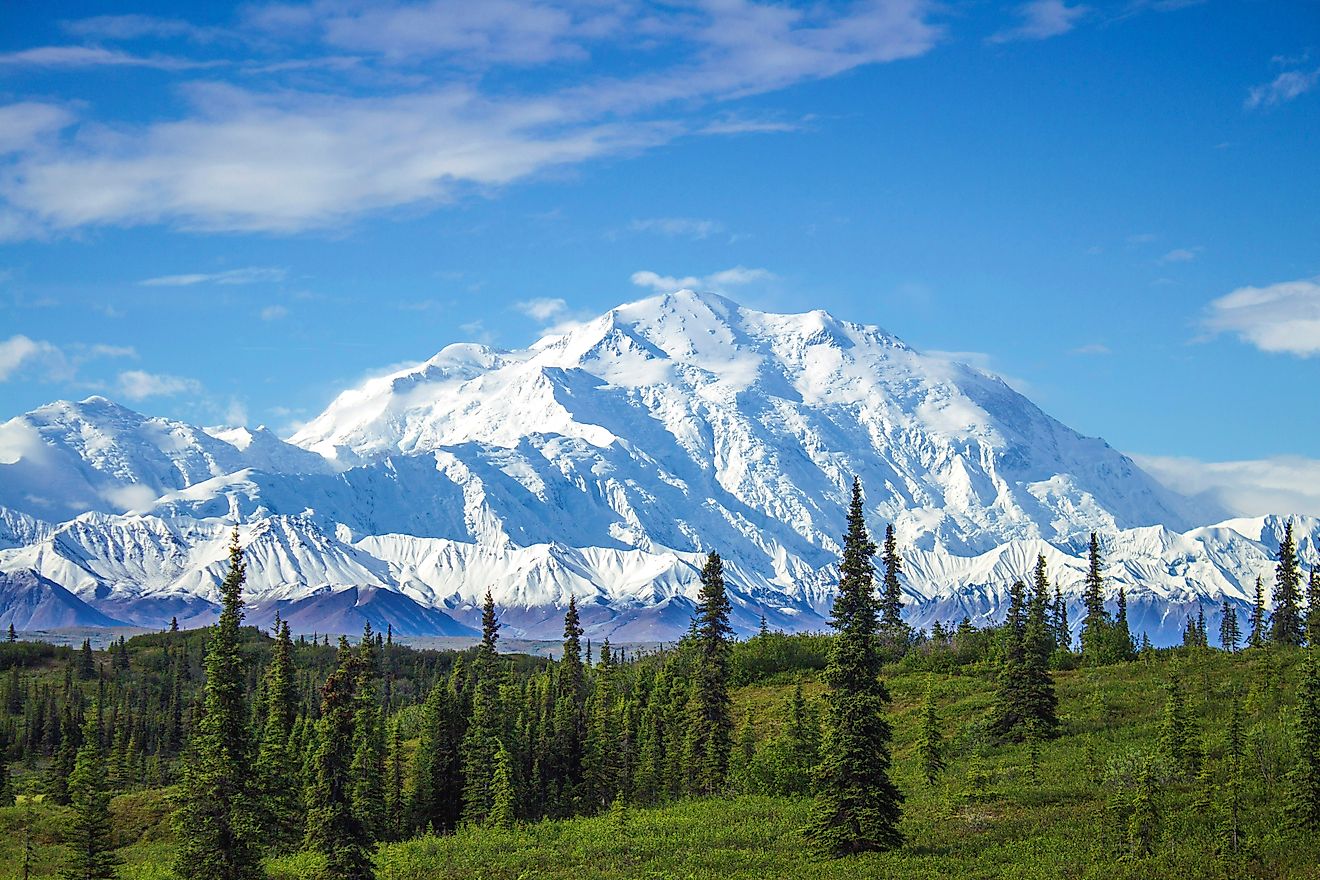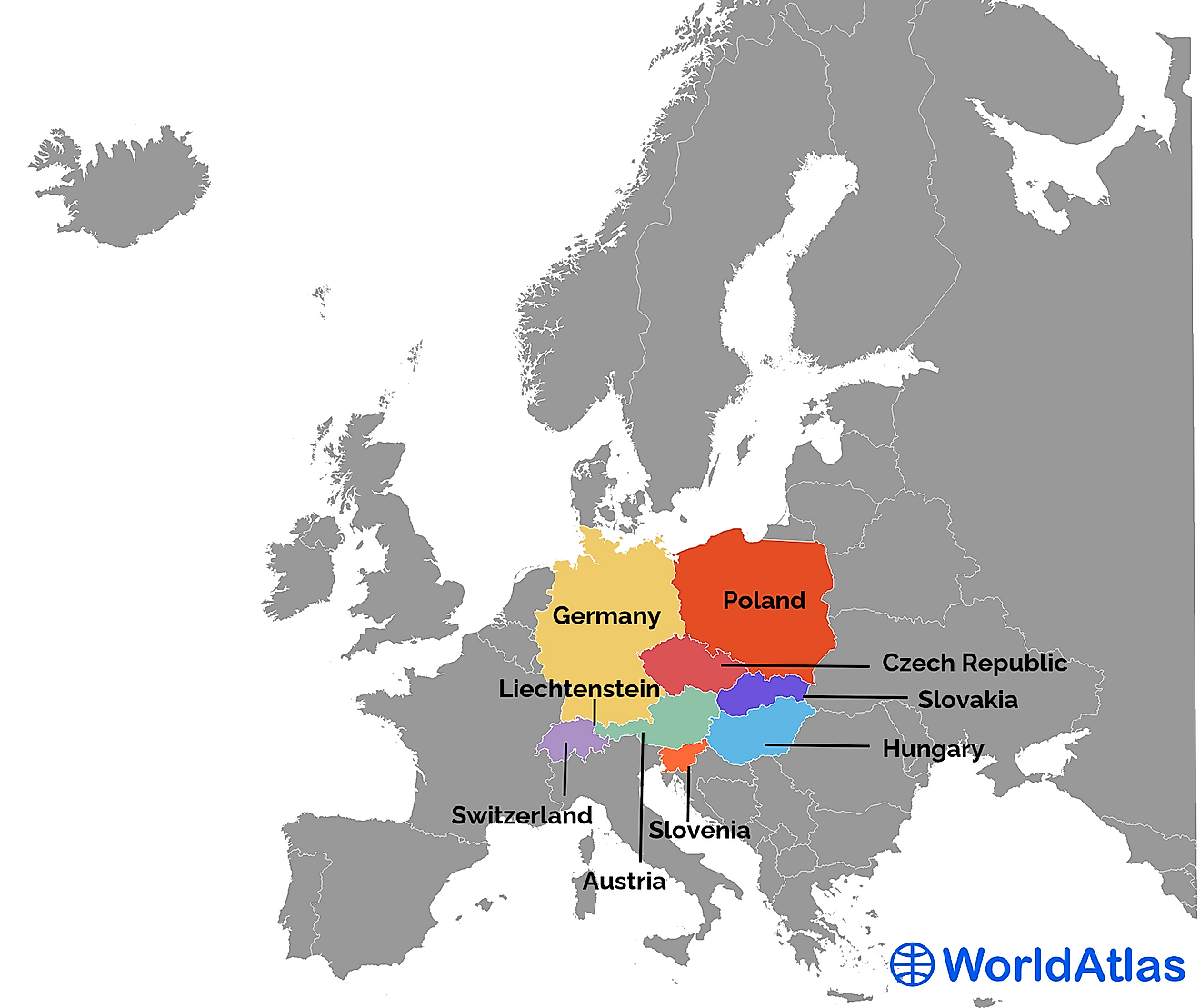Cities Across The World That Were Ravaged By Earthquakes

- Turkey’s most damaging earthquake took place in the city of Antakya.
- In 1960, Valdivia experienced the most powerful earthquake of all time.
- Earthquakes can trigger tsunamis and landslides.
An earthquake takes place when the earth’s tectonic plates move towards or past each other. The pressure or friction, depending on the direction in which the plates are moving, causes the earth’s surface to shake. The energy of the earthquake travels in vibrations caused by seismic waves. The magnitude is measured by the Richter scale and the Moment Magnitude scale. Some earthquakes are barely felt, and if it is far away, you may not even notice it. However, a large nearby earthquake will feel like a sudden large jolt followed by strong shaking. Large earthquakes throughout history have caused widespread devastation in towns and cities across the world. Here are 10 cities that were destroyed by earthquakes.
10. Shaanxi, China
In 1556, an earthquake with a magnitude of approximately 8 hit the Shaanxi (formerly Shensi) province in China. The earthquake struck in the middle of the night and the aftershocks carried on into the morning. The epicenter was in the Wei River Valley, near busy towns and cities, including Huaxian, Weinan, and Huayin. Nearly every single building was destroyed in Huaxian and the earthquake killed more than half of the residents of the city. The total number of deaths is estimated to be 830,000, making it the deadliest earthquake of all time.
9. Antakya, Turkey
Turkey’s most damaging earthquake took place in the city of Antakya in the year 115. Antakya and its surrounding area were devastated during the 7.5 magnitude earthquake, approximately 260,000 people lost their lives and properties were destroyed. The tremors were so large they were felt across the near East and Eastern Mediterranean. The earthquake triggered a tsunami that ravaged the Lebanese coast, particularly the towns of Caeserea and Yavneh in Israel.
8. Kashmir, Pakistan

On October 8, 2005, a 7.6 magnitude earthquake hit the Pakistan controlled region of Kashmir. The epicenter was 12 miles north of the north-east of Muzaffarabad, just 37 miles from Islamabad, Kashmir’s capital. More than 80,000 people died as a result of the earthquake and over 4 million people were left homeless. The town of Balakot was completely destroyed. The earthquake also triggered landslides that wiped out roads and meant emergency workers could not access towns to help the victims.
7. Sichuan, China

Known as the Great Wenchuan Earthquake, in 2008 a 7.9 magnitude quake occurred in the central region of the Sichuan province in southwestern China. The earthquake was caused by the collision of the Indian-Australian and Eurasian plates along the Longmenshan Fault. The quake completely destroyed villages and towns in the mountains and more than 90,000 people were killed, including 5,300 children. More than 370,000 people were injured due to falling buildings and debris. Aftershocks were felt for days, months, and even years after the earthquake took place.
6. Sumatra, Indonesia

On December 26, 2004, an underwater earthquake with a magnitude of 9.1 took place off the coast of Sumatra, an Indonesian island. The earthquake triggered a tsunami, which was one of the most damaging natural disasters to ever take place; it killed more than 225,000 people across Indonesia, Thailand, India, the Maldives and Sri Lanka. Indonesia’s death toll alone was in excess of 200,000 people, with the majority of lives lost in the Aceh province. Numerous villages, farmlands and tourist resorts across the countries were completely destroyed.
5. Ancash, Peru

The Great Peruvian Earthquake of 1970 took place just off the coast of Peru. The earthquake had a magnitude of 7.9 and lasted approximately 45 seconds. The Ancash and La Libertad regions were mostly affected by the earthquake, but damage was also reported in some parts of Ecuador and tremors were also felt in Brazil. The earthquake devastated towns and cities, destroying schools, houses, public buildings, plus water and sanitation services. The earthquake also triggered a landslide. The northern wall of Mount Huascarán was destabilized and caused more destruction; it completely buried the towns of Yungay and Ranrahirca. It was estimated that 20,000 people died as a direct result of the avalanche.
4. Tangshan, China

In 1976, a 7.5 magnitude earthquake hit Tangshan in Hubei, China. The earthquake occurred along the Tangshan fault; around 3,650 square miles of the surrounding region felt the tremors. The shaking turned the Tangshan’s soil into a liquid, which resulted in more than 85% of unreinforced homes and buildings being destroyed. Most of the fatalities resulted from the collapse of the structures. The Tangshan earthquake’s death toll is thought to be one of the largest in recorded history; it is thought that approximately 655,000 people lost their lives and 700,000 people were injured.
3. Valdivia, Chile

In 1960, Valdivia experienced the most powerful earthquake of all time. It is believed the rupture zone ranged between 500 and 621 miles along Chile’s coast and it is thought to have had a magnitude of 9.5. Many cities were damaged as a result of the earthquake, especially Valdivia, where nearly half of the buildings were destroyed. However, it was the subsequent tsunami that caused the most destruction in Chile, it even caused damage in Hawaii and Japan. The combination of the earthquake and tsunami left two million Chileans homeless and killed around 1,600 people, with approximately 3,000 people injured.
2. Tōhoku, Japan

On March 11, 2011, an earthquake with a magnitude of 9 struck offshore of Japan. Experts had predicted an earthquake but had not anticipated just how much destruction it would cause. The quake triggered a tsunami that ravaged northeastern Japan, most notably the Tōhoku region. More than 120,000 buildings were completely destroyed and over 720,000 suffered some degree of damage. Six years later, in 2017, 50,000 people were still living in temporary housing as a result of the catastrophe. Over 19,000 people lost their lives as a result of the earthquake and tsunami. It is one of the deadliest natural disasters in Japanese history.
1. Port-au-Prince, Haiti

In 2010, a large-scale earthquake with a magnitude of 7.0 hit the countries of Haiti and the Dominican Republic. Haiti had not seen an earthquake of this scale since the 18th century, it was followed by a series of aftershocks, one of which had a magnitude of 5.9. The region around Port-au-Prince was one of the most heavily affected as the majority of the infrastructure was not adequately reinforced, which resulted in the widespread collapse of buildings and homes. Debris in the roads and the failure of an electric power system meant it was difficult to provide aid and rescue. There have been disputes over the number of people who lost their lives; it ranges between 85,000 and 300,000.

